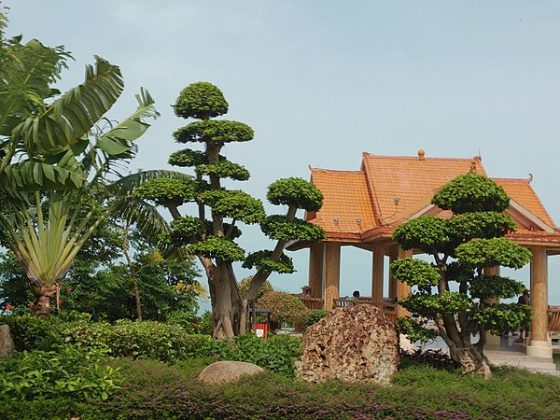Kyoto, the cultural heart of Japan, whispers tales of traditions that have withstood the test of time. For travellers seeking an authentic encounter with the nation’s rich heritage, here are some of the city’s key traditions worth knowing about.
Japanese Tea Ceremony
In Kyoto, the Japanese tea ceremony is not just a ritual, but a tradition rooted in history dating back to times when it was enjoyed amongst nobles. Interestingly, it is influenced by Zen Buddhism and is sometimes referred to as “The Way of Tea.” Those staying at city centre properties like Oakwood Hotel Oike Kyoto can easily visit traditional teahouses to witness this ceremony with its graceful movements and enjoy a soothing cup of tea.

Geisha Entertainment
Skilled female entertainers, Geishas and Maikos are skilled female entertainers who emerged in Kyoto when it was made the capital. They traditionally entertained guests at traditional restaurants and teahouses and were skilled in classical dance and music as well as engaging in conversation. Those based at apartments in Kyoto and venturing to locales like Pontocho in Gion have a chance to spot these ethereal figures amidst echoes of the past.
Shodo Calligraphy
Originating in China, Shodo calligraphy found its home here during the Heian Period, marking the city as the cultural epicentre of Japan. Using brushes and ink, Kyoto nurtured a unique style of calligraphy that reflected the nation’s artistry. Today, this form of beautiful writing graces ceremonial events, weaving an intricate thread through the cultural fabric of a historically rich destination.
Yuzen Dyeing
Originating in the Genroku Period, this traditional dyeing technique is credited to Miyazaki Yuzen, a local artist. It was used to create the exquisite designs seen in the Yuzen Kimono with vibrant colours and patterns that transcend time. Wander through the city streets, and you may encounter shops that keep this age-old tradition alive, creating stunning works that capture the essence of Kyoto’s artistic soul.











